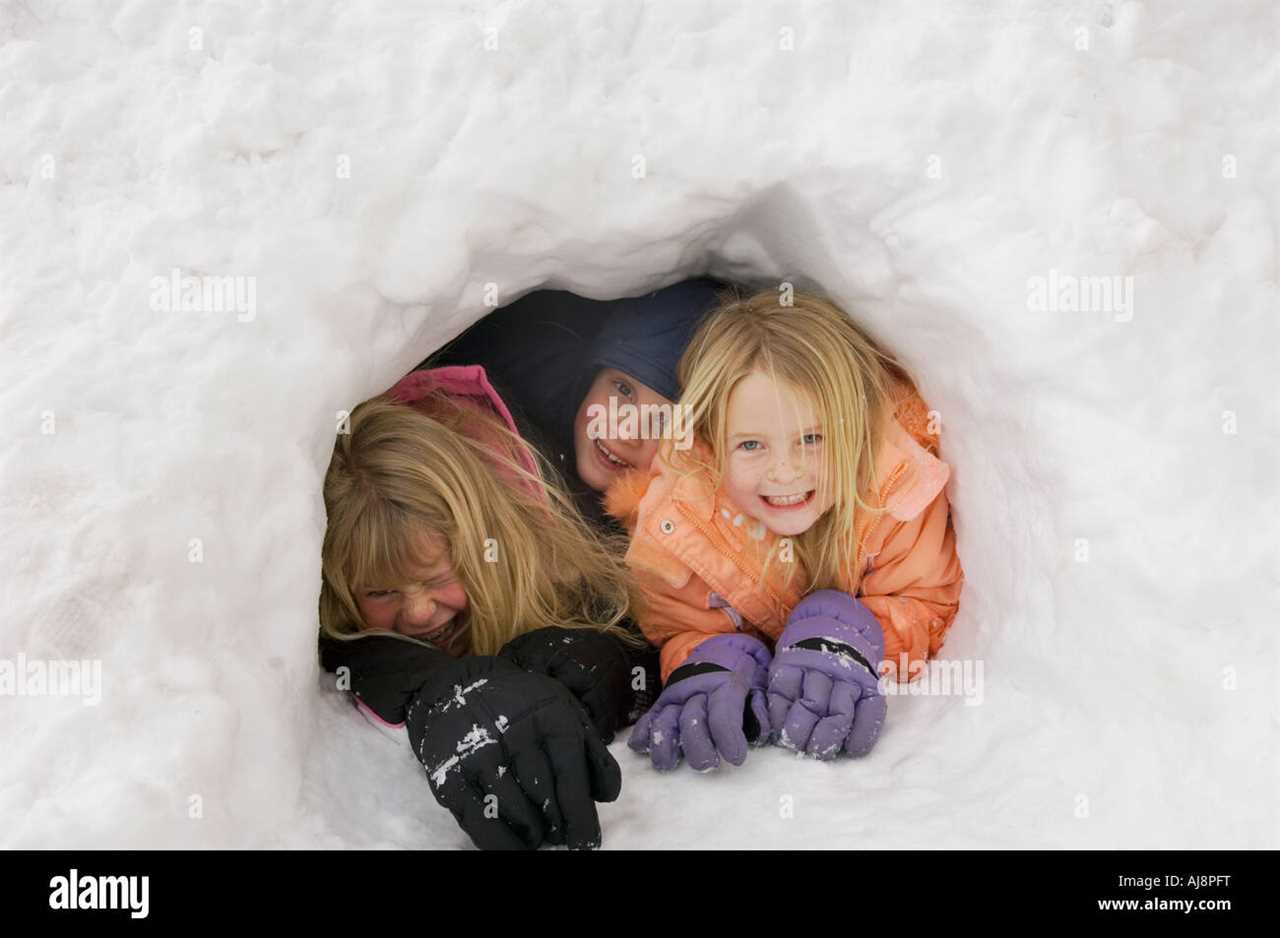
Building a Snow Cave - Highway Snow Plows and Snow Cave Survival
If you've never been inside a snow cave before, you should be aware of the dangers of this activity. The uninitiated should always wear warm clothes. While the temperature in a snow cave is usually very pleasant, a small amount of sweat can lead to a loss of body heat. Make sure you take regular breaks and avoid rushing. Getting injured in the wild can leave you with limited ability to deal with the situation.
The most obvious danger of a snow cave is falling water from above. You can prevent this from happening by smoothing the ceiling of your snow cave. Also, avoid putting your tent close to an unstable rock wall or a damaged tree. This will prevent water from getting inside the snow cave. It is important to make sure you know where the snow cave is located. If it's not a rocky area, consider using a snow shelter with a shelter instead.
To build a snow cave, first locate a large, stable snow drift. If you can't find a slope, you can dig a T inside the drift. You'll need to excavate an 18-inch entrance and two feet by two feet of snow. Then, pack down the snow and place a door. You're now ready for a snow cave! Once you've set up your cave, make sure to mark it with a ski or wand.
The structure of a snow cave is critical. Loose snow is not solid enough to support a snow cave. The roof and walls must be solid enough to protect you from cold. A large hole can cause the entire structure to collapse, so you should carefully dig it down to ground level. Once you've dug a small hole, you can shape your snow cave. After you've finished, you can move on to decorating your snow cave.
If you're building a snow cave for two people, you might be tempted to use a kerosene lamp or stove to warm the cave. However, this type of heating source is a silent killer. When the gasses build up, the person will suffocate and will die due to lack of oxygen. In such cases, it's best to keep these tools and equipment inside the snow cave. A shovel will make digging out easier.
When sleeping in a snow cave, you need to take care not to fall. The snow will be slippery if it is warm, so take care not to slip. A melted ice surface will reduce the ventilation of the cave. This can lead to suffocation. Fortunately, you can easily scrape off the ice each day. If you do, you'll have an open door with a window that opens onto a snowy area.
 CampingSurvivalistHuntingFishingExploringHikingPrivacy PolicyTerms And Conditions
CampingSurvivalistHuntingFishingExploringHikingPrivacy PolicyTerms And Conditions
